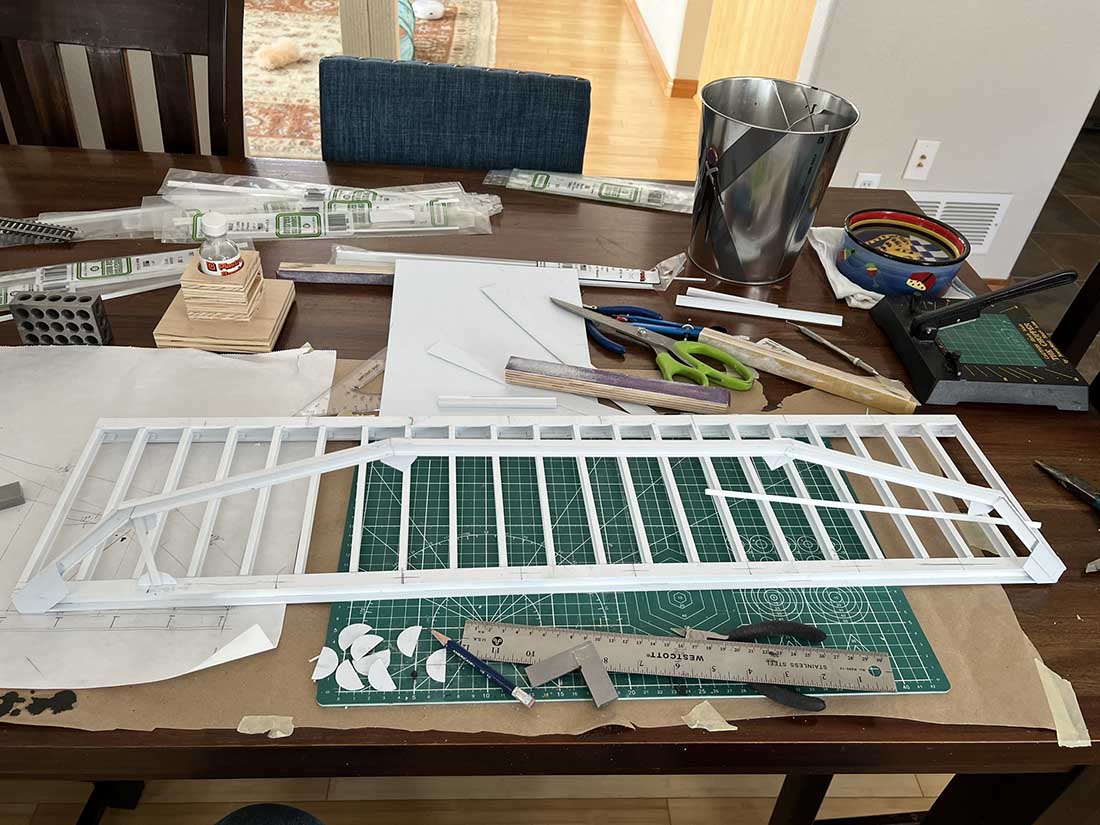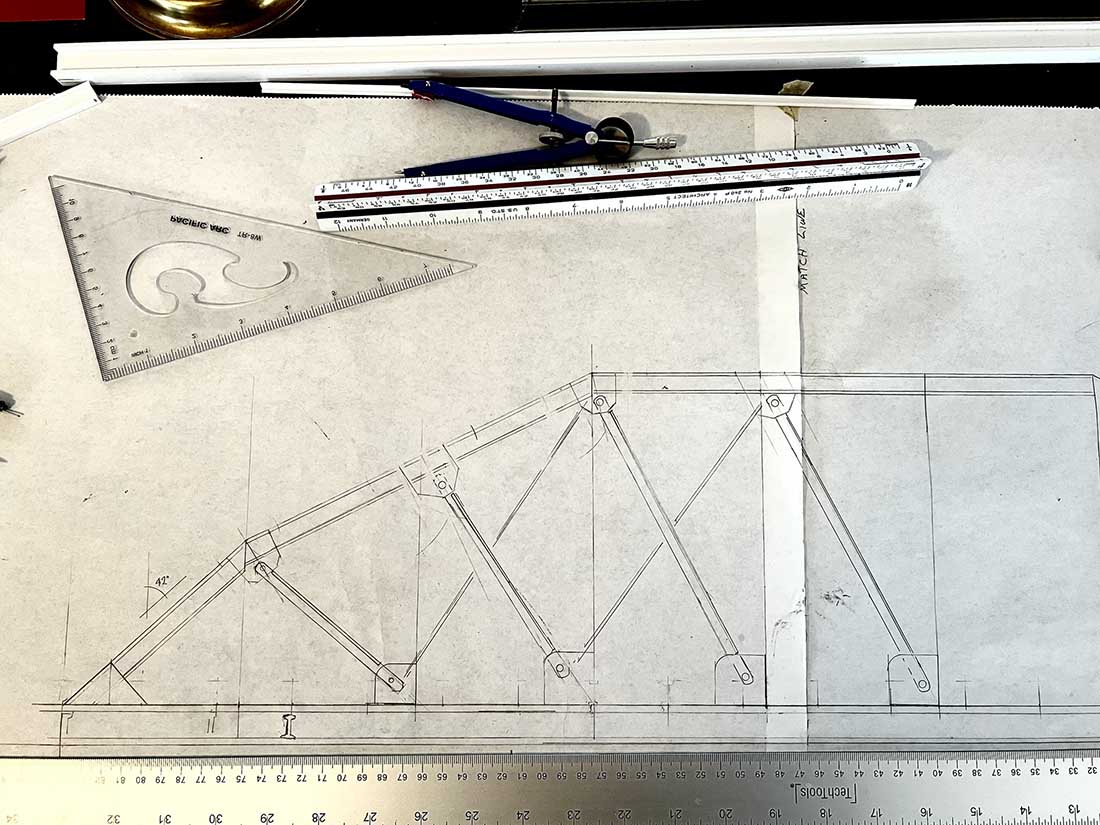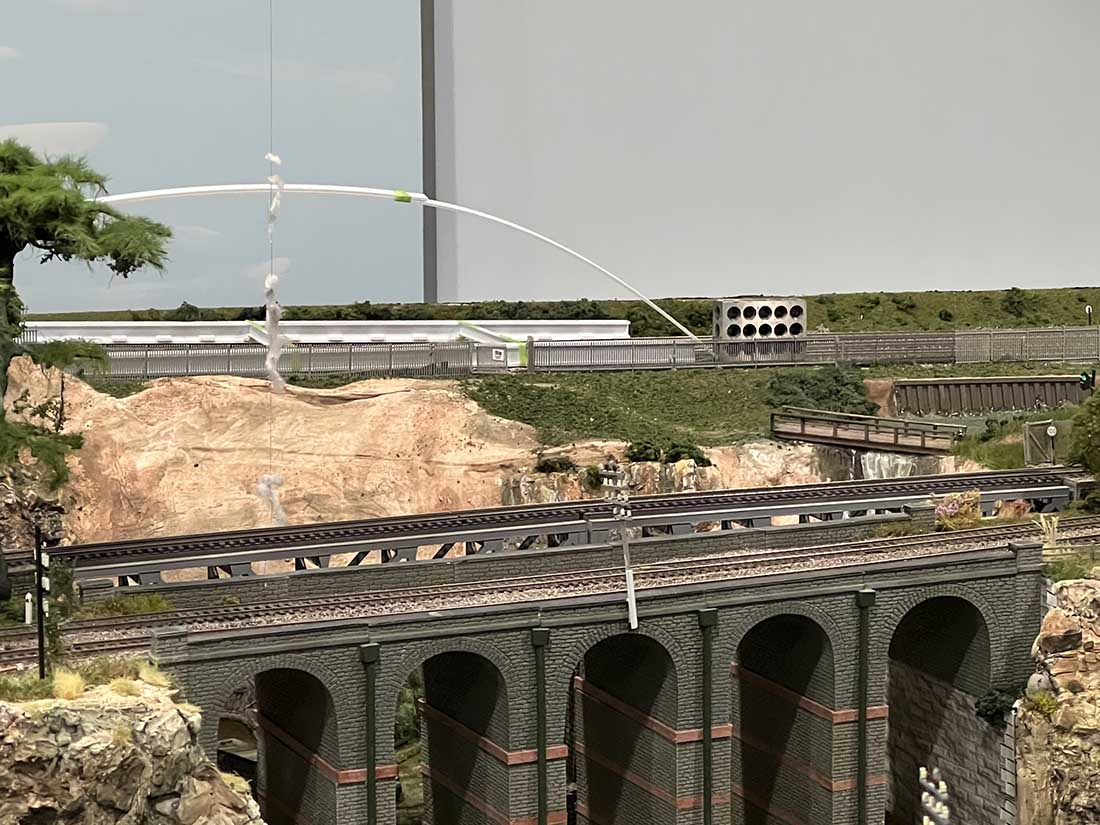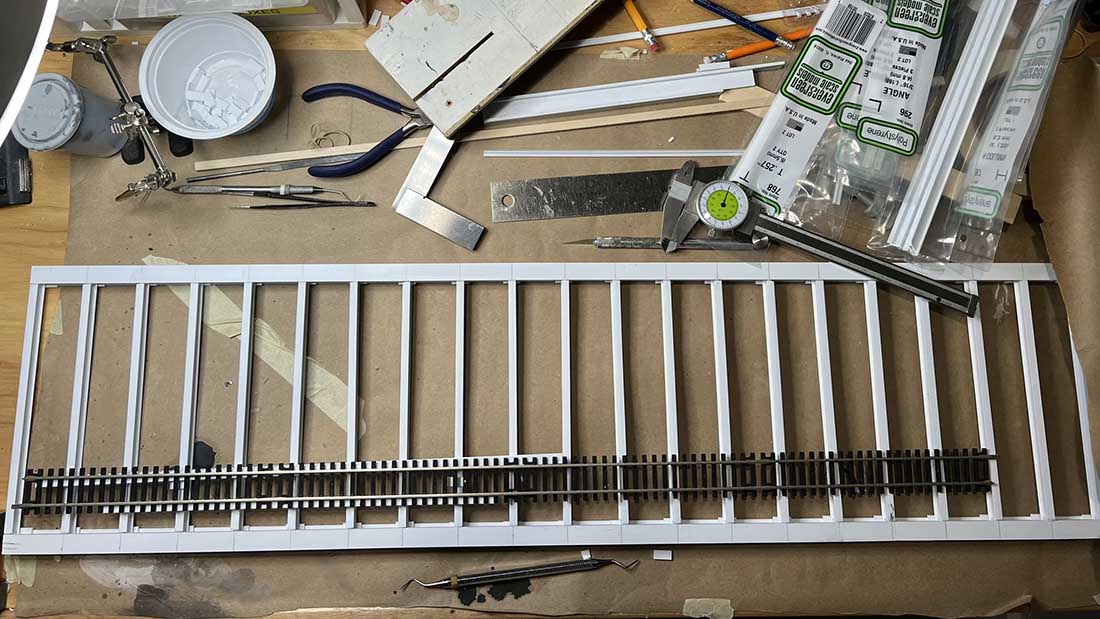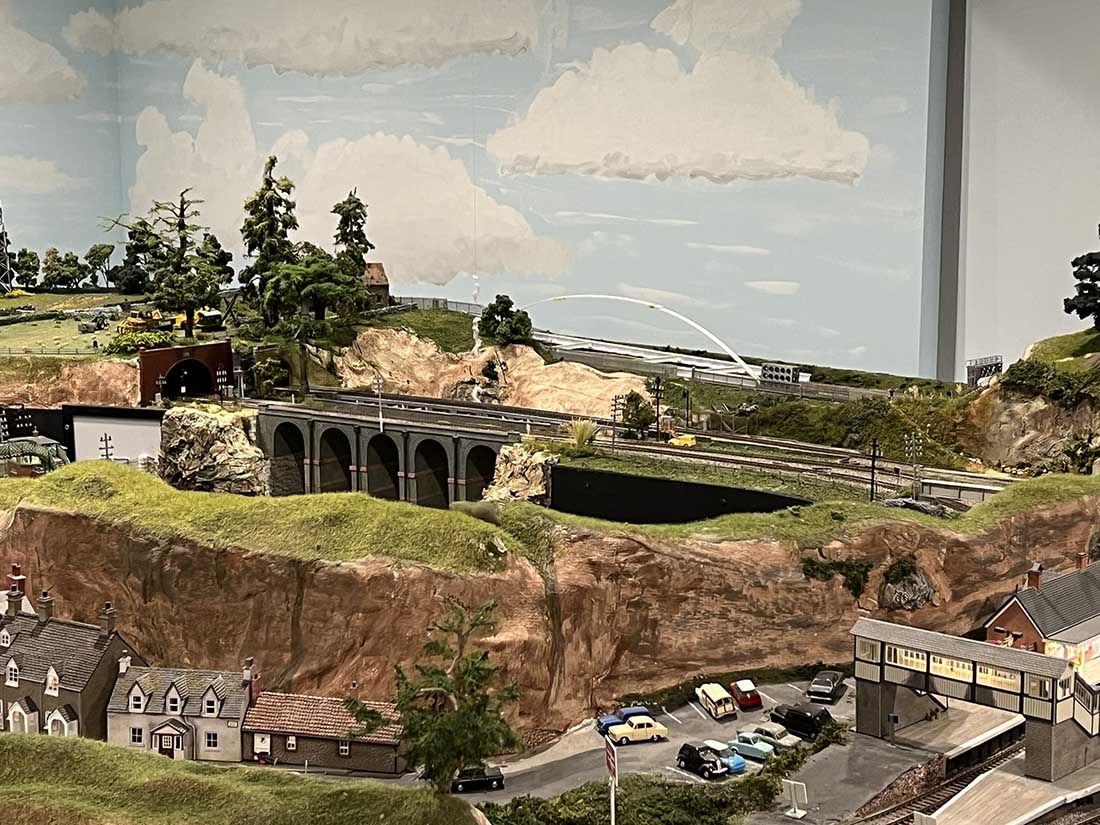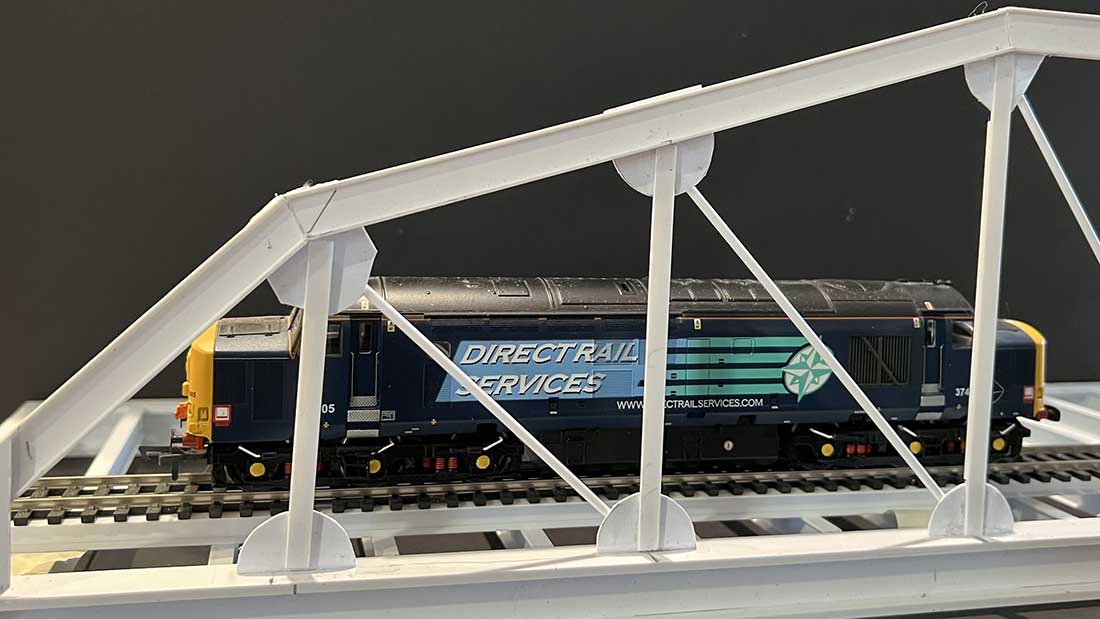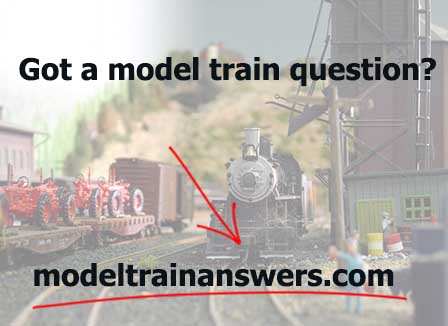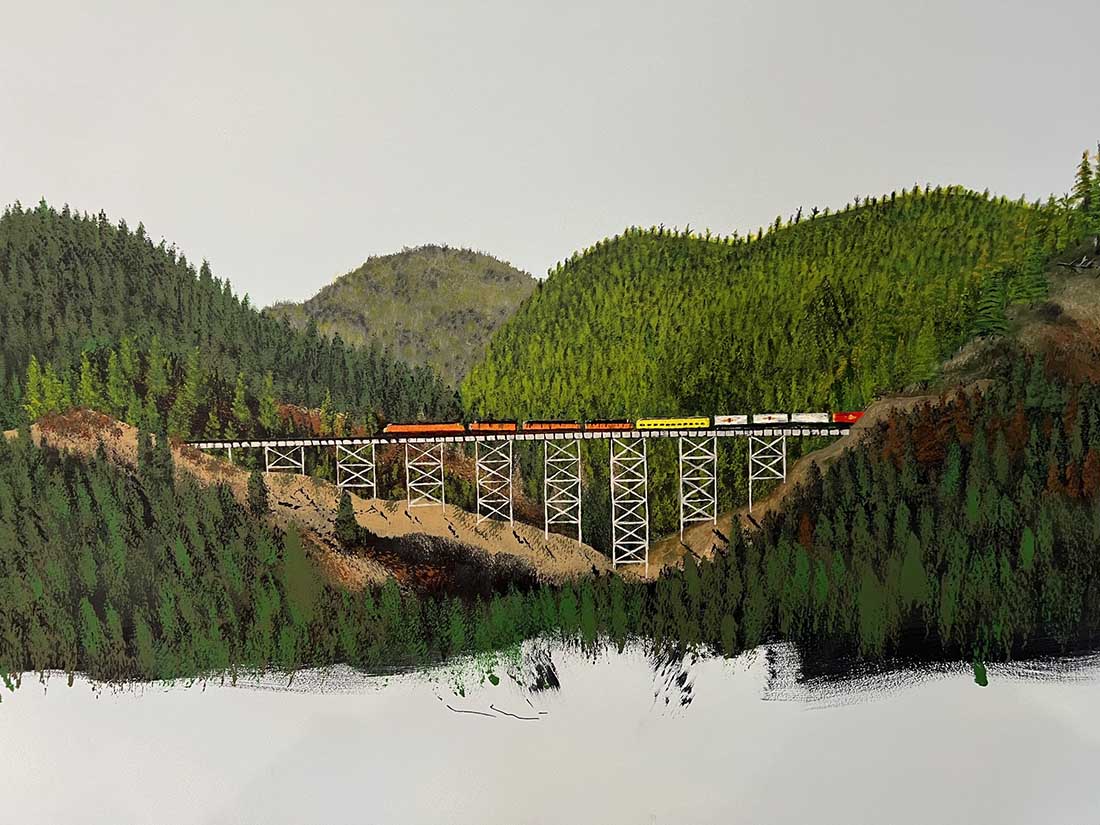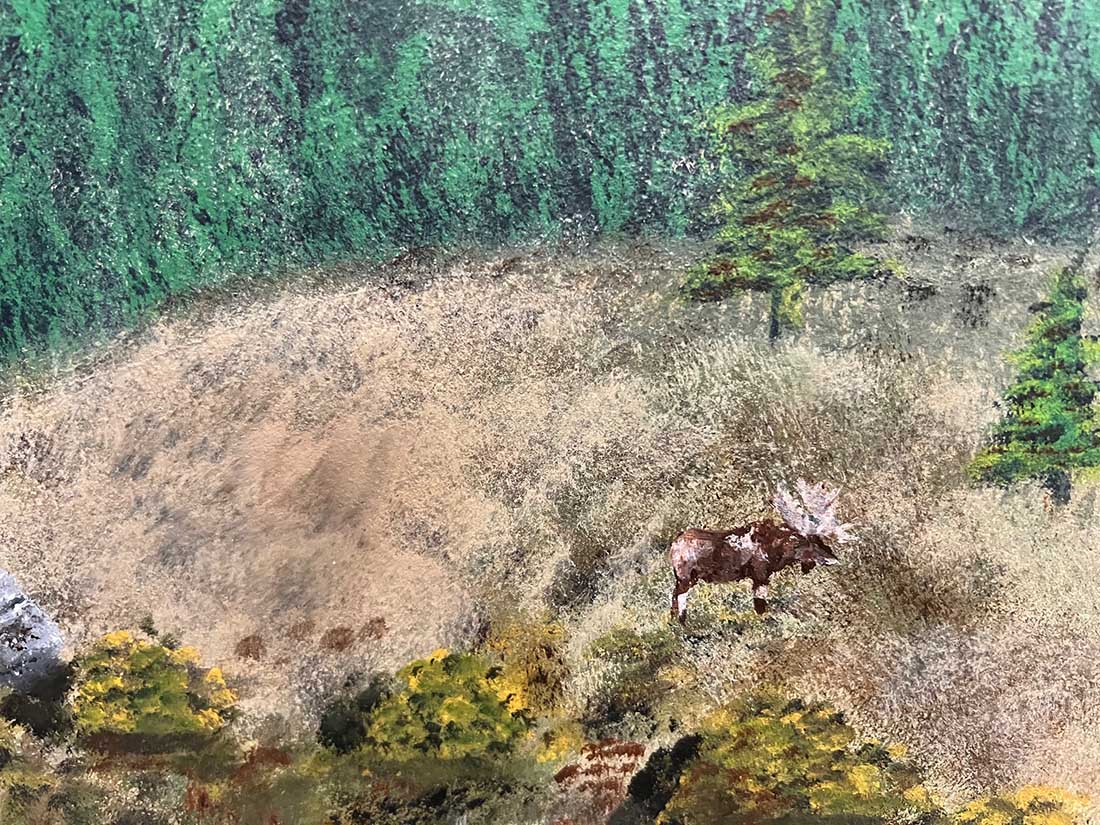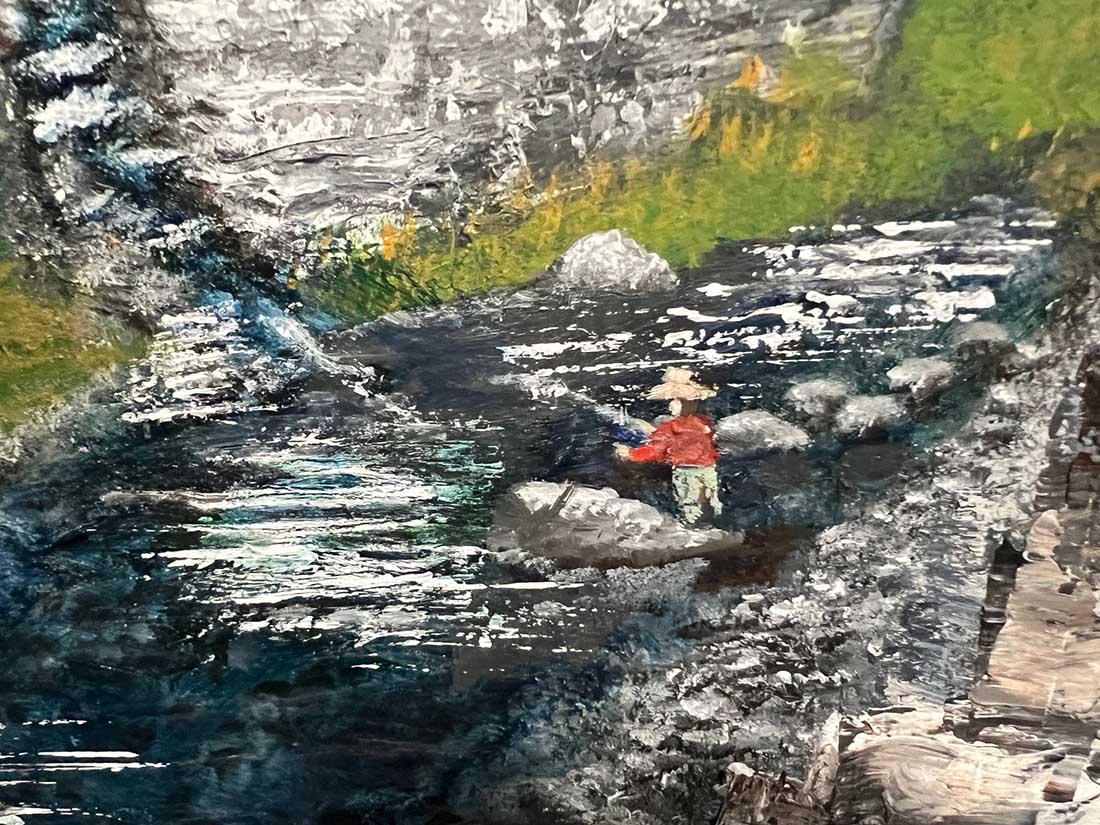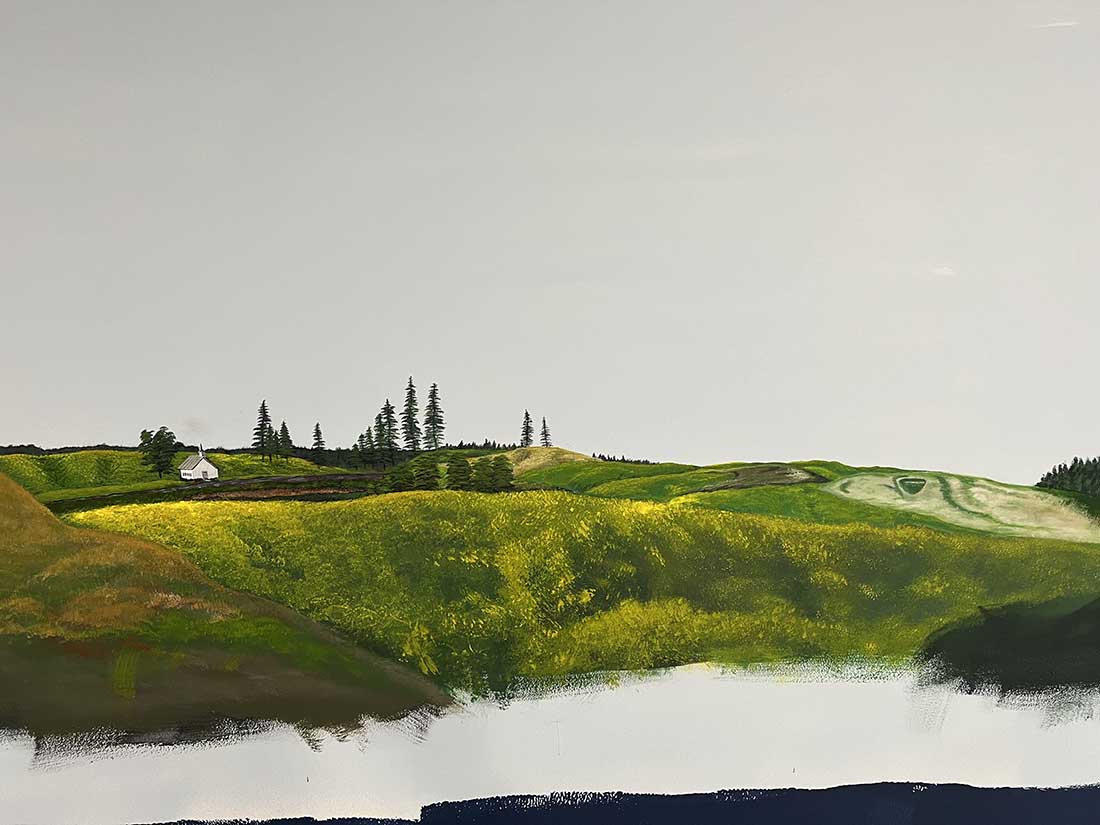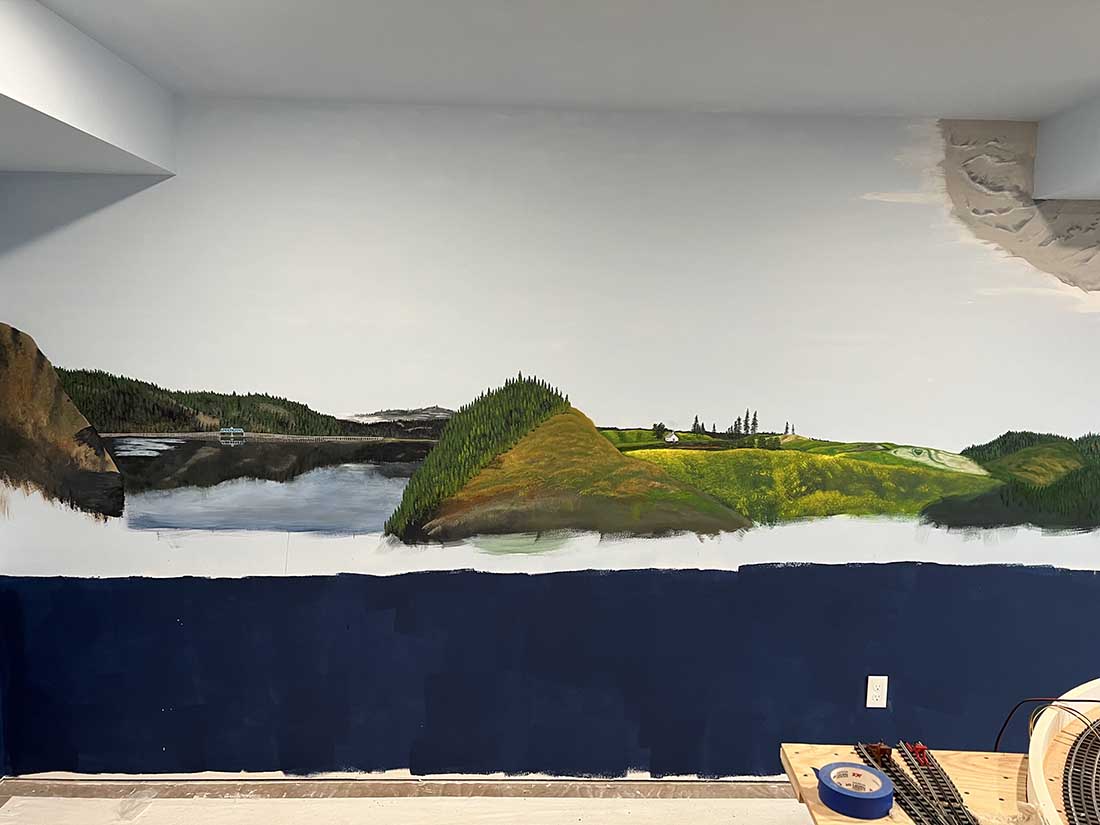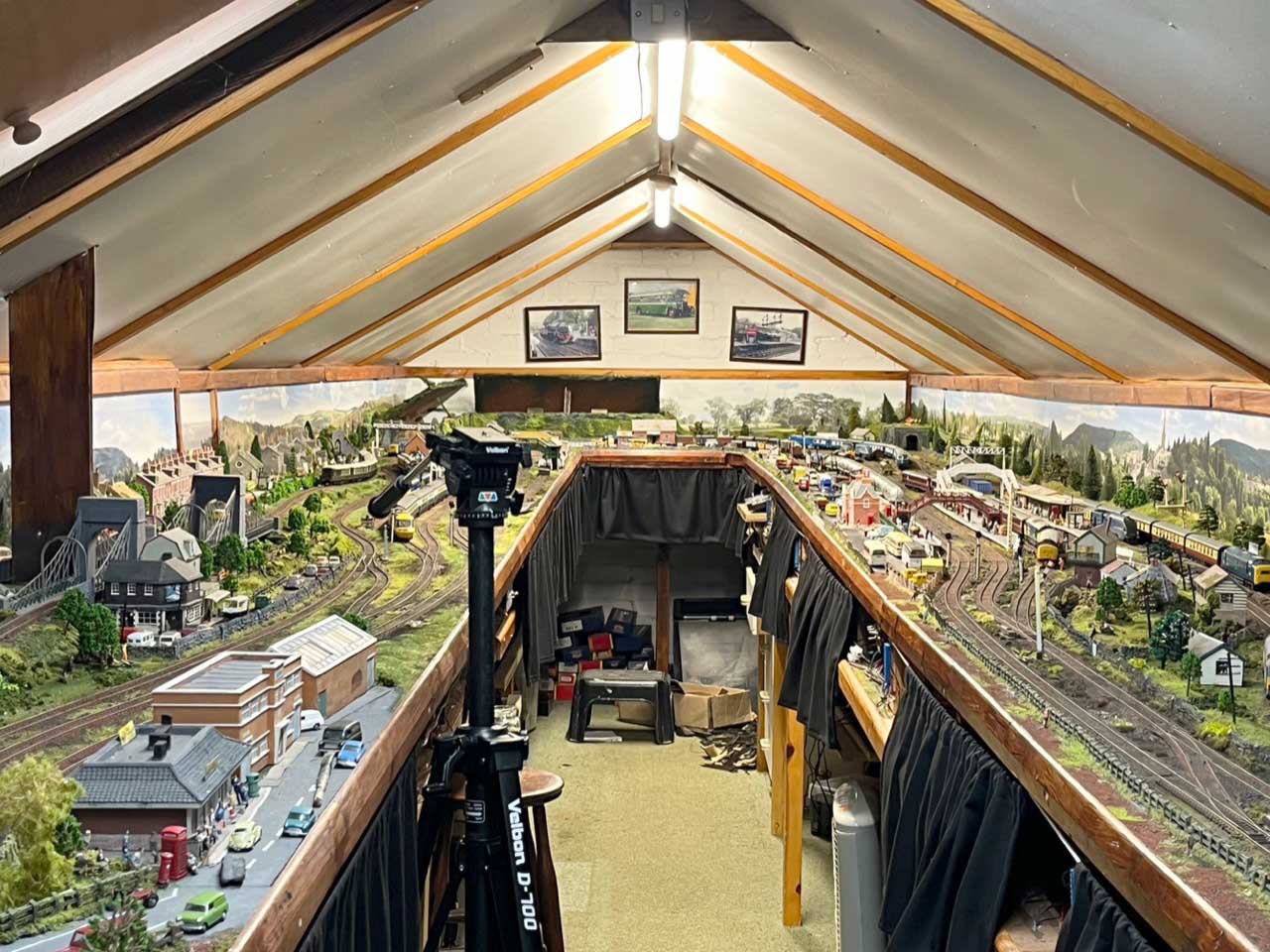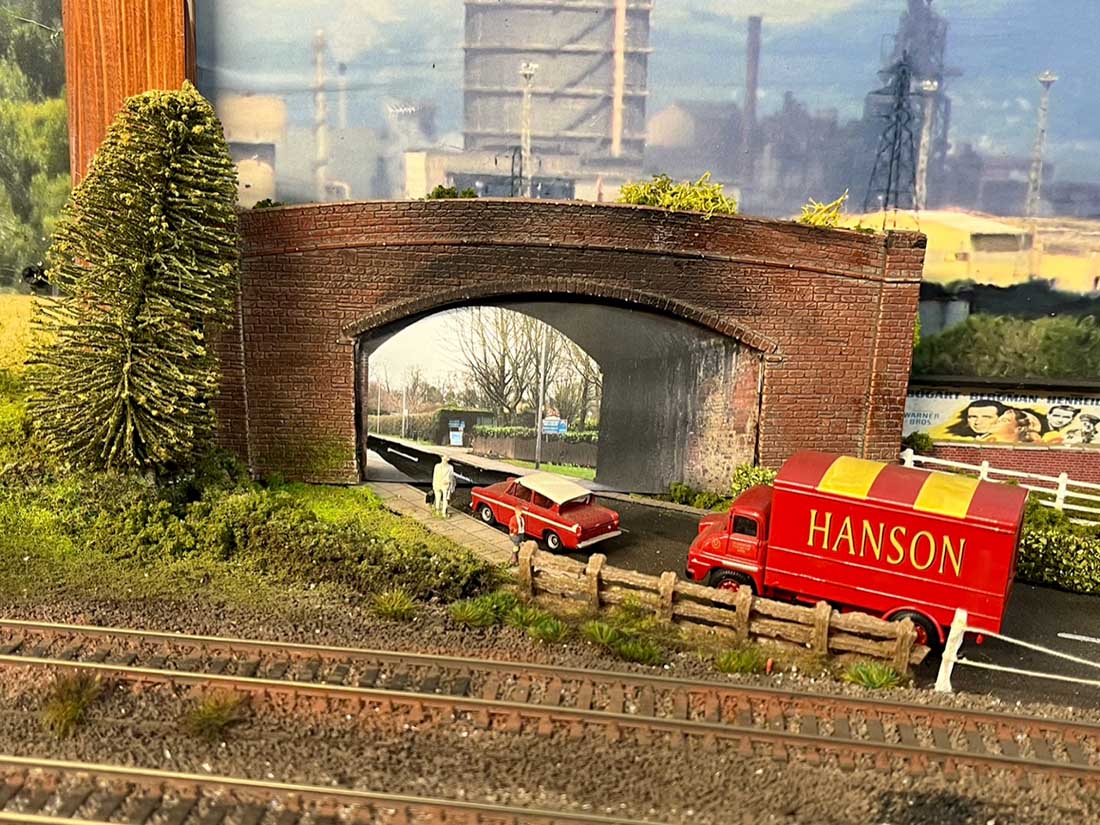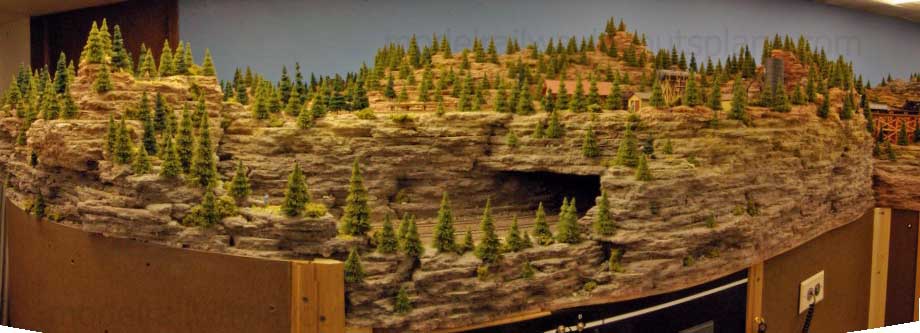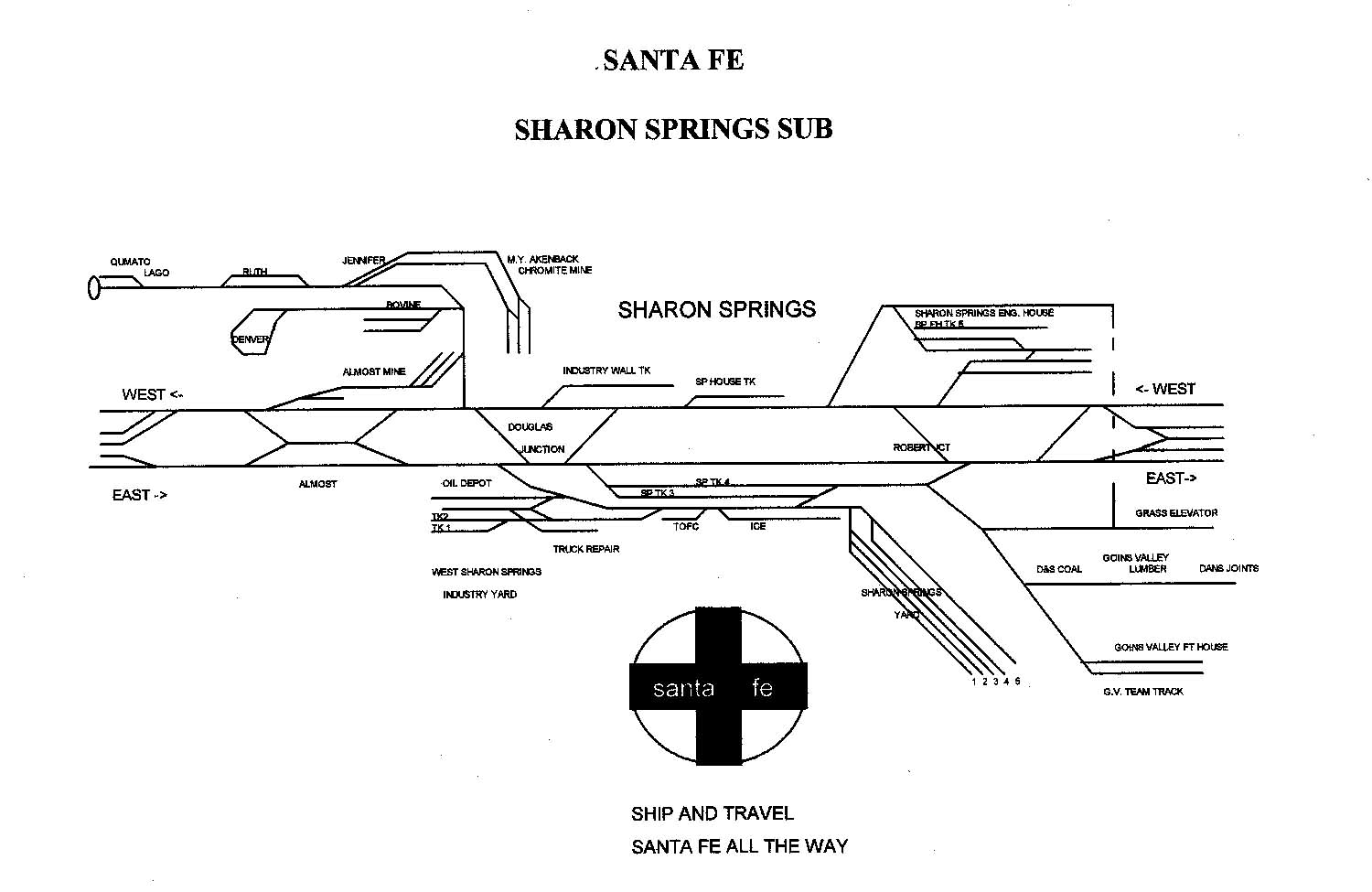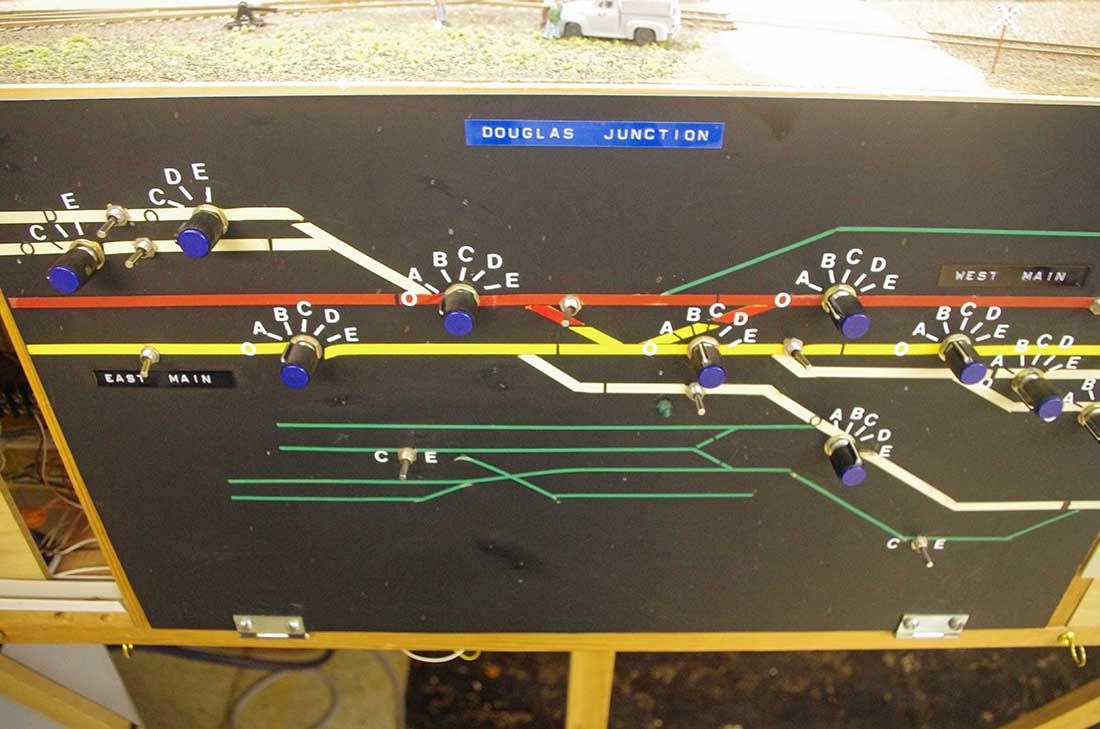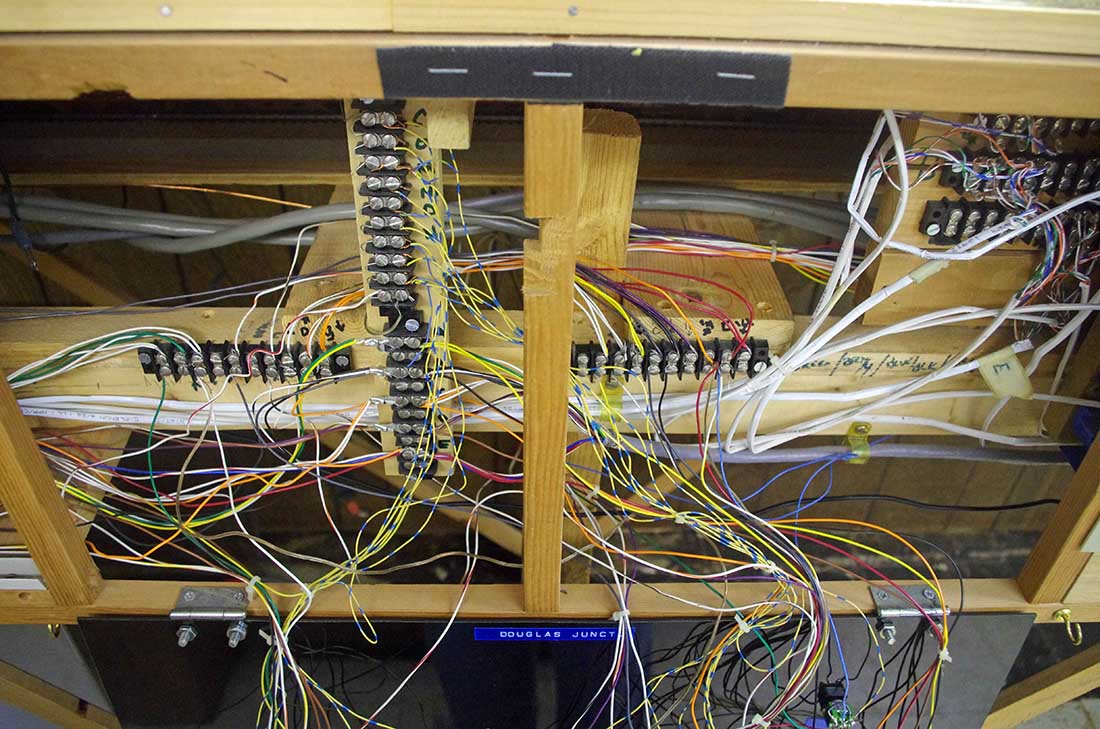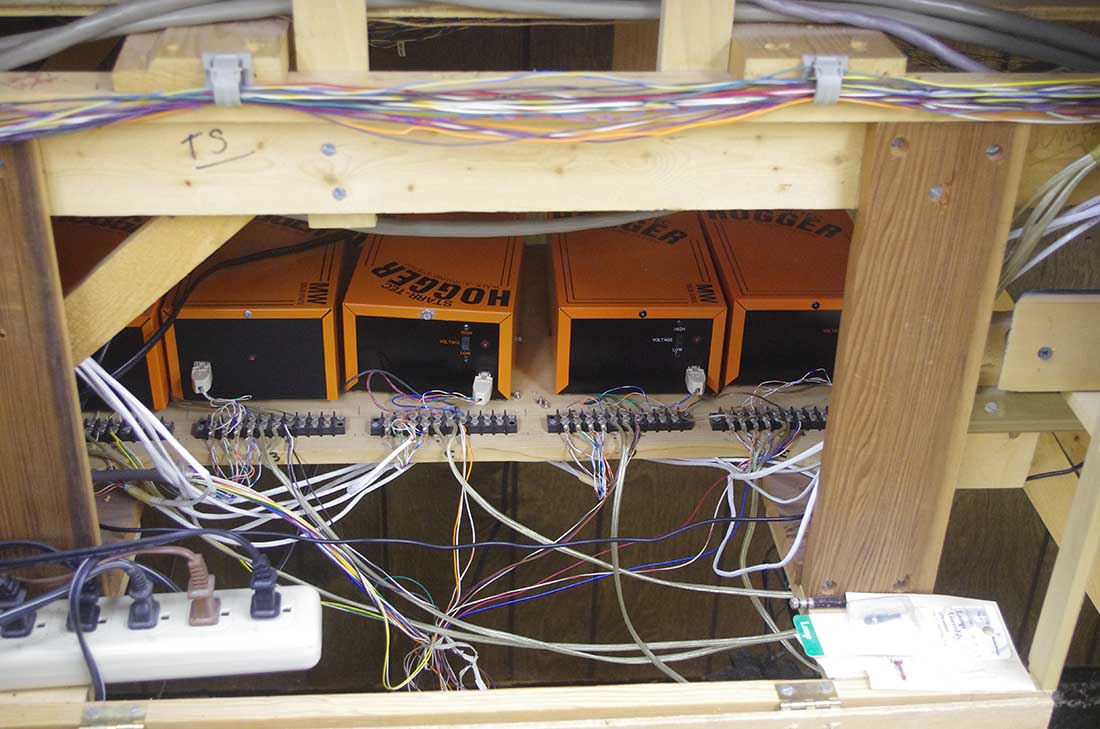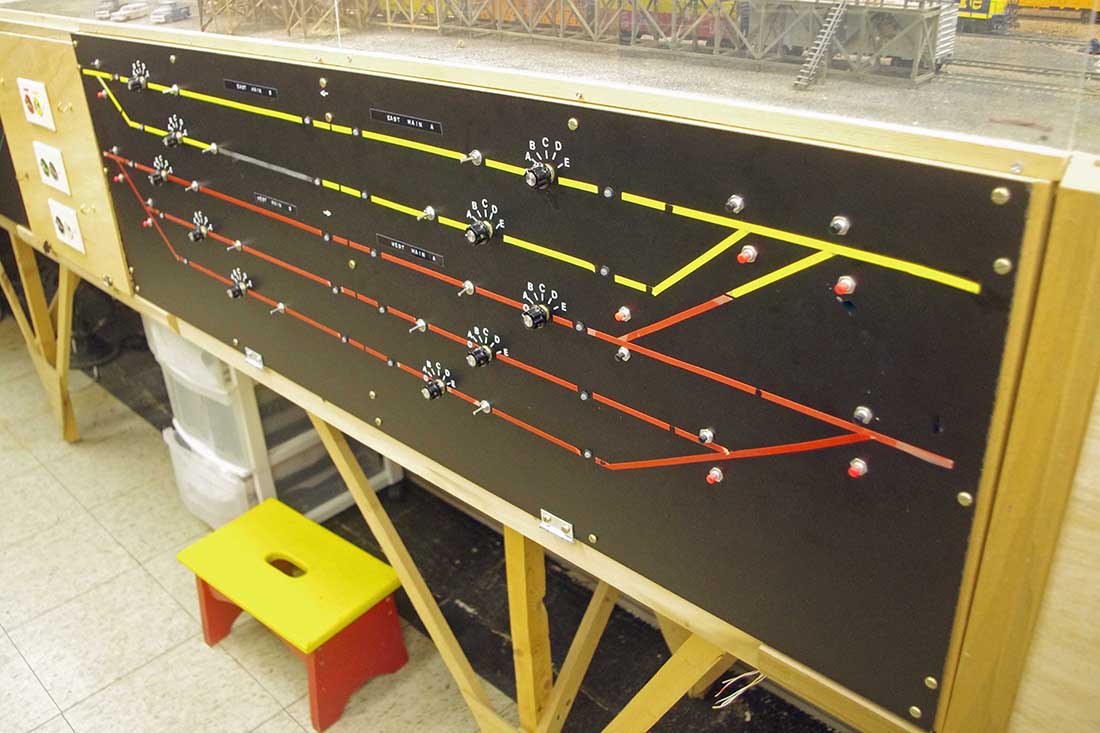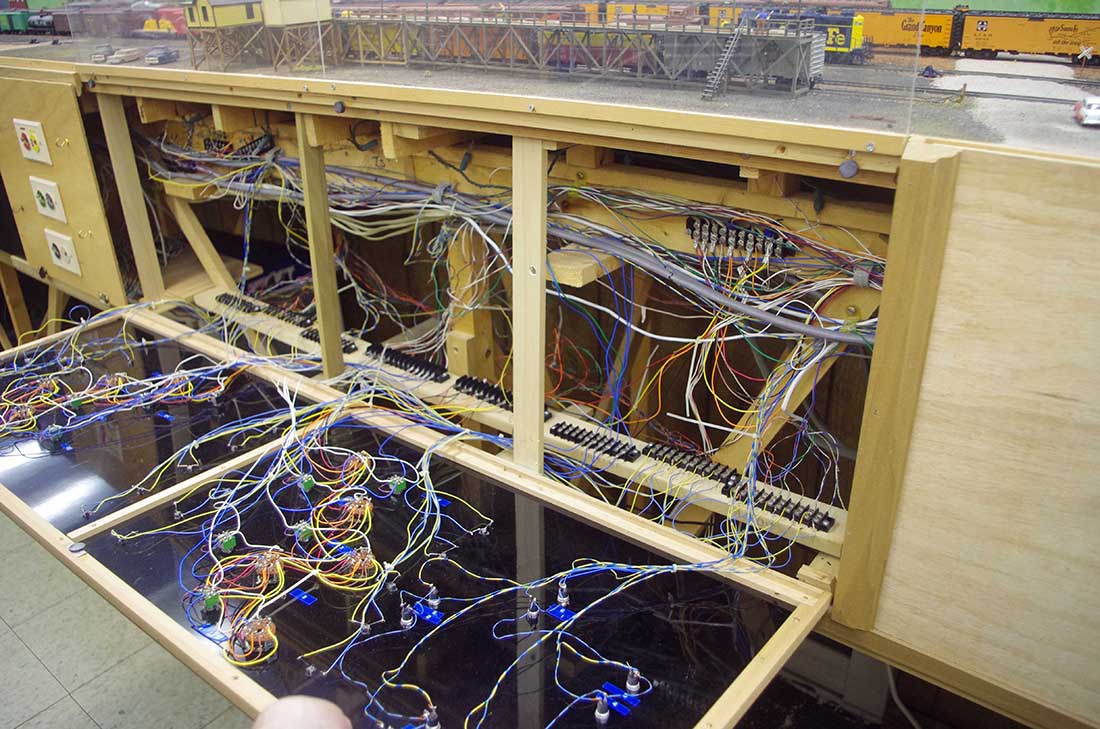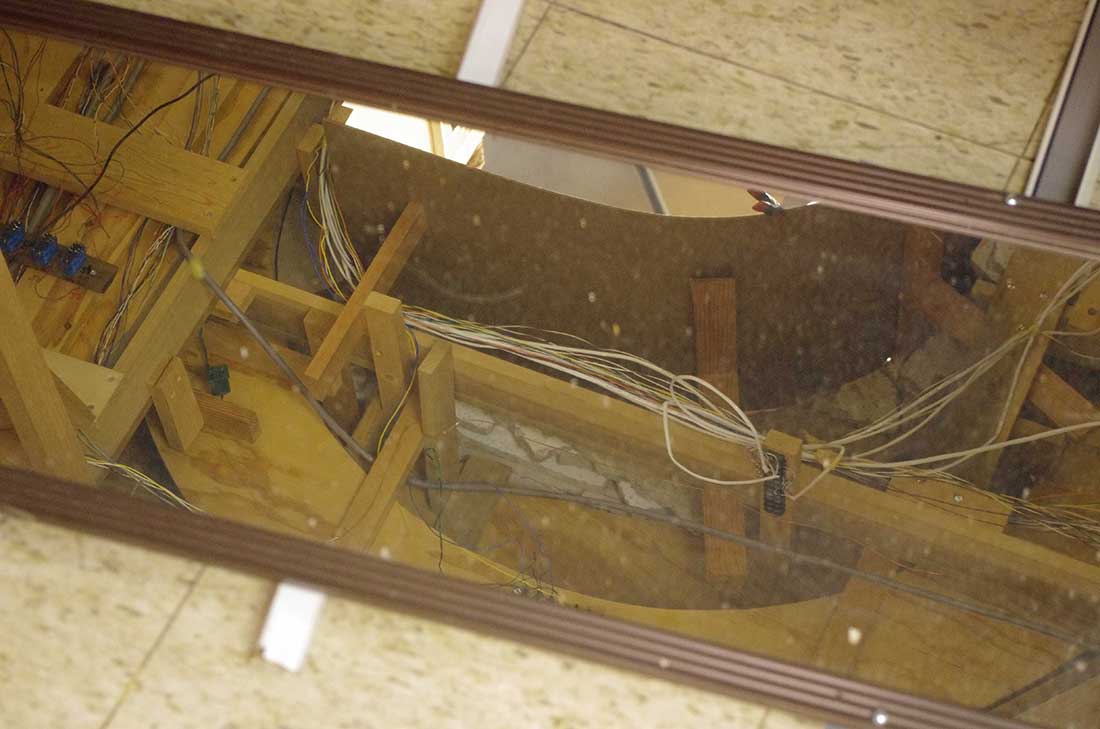Hall of Fame Rob has been back in touch, this time on How to scratch build a bridge:
“Hi Al,
I have decided to scratch-build a bridge for my layout. This is something I have been thinking about for quite some time. I thought about it when I was building this part of the layout several years ago.
This will be a 3 or 4 part series since there is so much to cover and it will take a fair amount of time. The first video talks about where the new addition will be going. The second video talks about the drawing I made and how it is helping me to build the bridge itself.
Part 3 isn’t made yet so we’ll all have to wait a week or so.
I am building the bridge from styrene plastic. It is easy to work with and comes in many scale-sized structural shapes. I have been working with this material for several months now and find it is easy to build with.. remember the London Underground cable system? That was all styrene.
The picture with the plastic arch in it is me testing the placement and size of the bridge.
Thank you for all you do for us, Al.
All the best,
Rob”
A huge big thank you to Rob for sharing – I can’t wait to see how this looks on his layout.
There are so many bridge posts on the blog now, here are a few that spring to mind:
Michael’s bridge:
John’s bridge is amazing:
Jim’s very impressive hinged bridge:
Richards double track bridge:
JIm’s curved trestle bridge:
And who can forget Dan’s which is just stunning:
That’s all for today folks. A big thanks to Rob for his ‘how to scratch build a bridge’ post.
Please do keep ’em coming.
And if today is the day you stop dreaming and start doing, the Beginner’s Guide is here.
Best
Al
PS Latest ebay cheat sheet is here.
PPS More HO scale train layouts here if that’s your thing.
